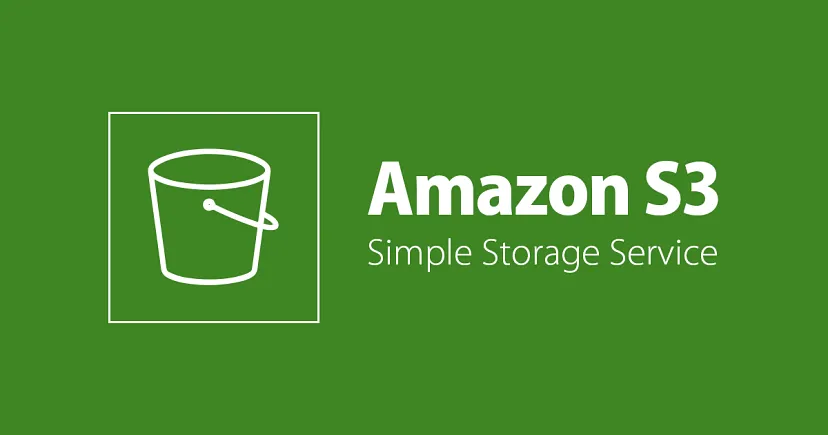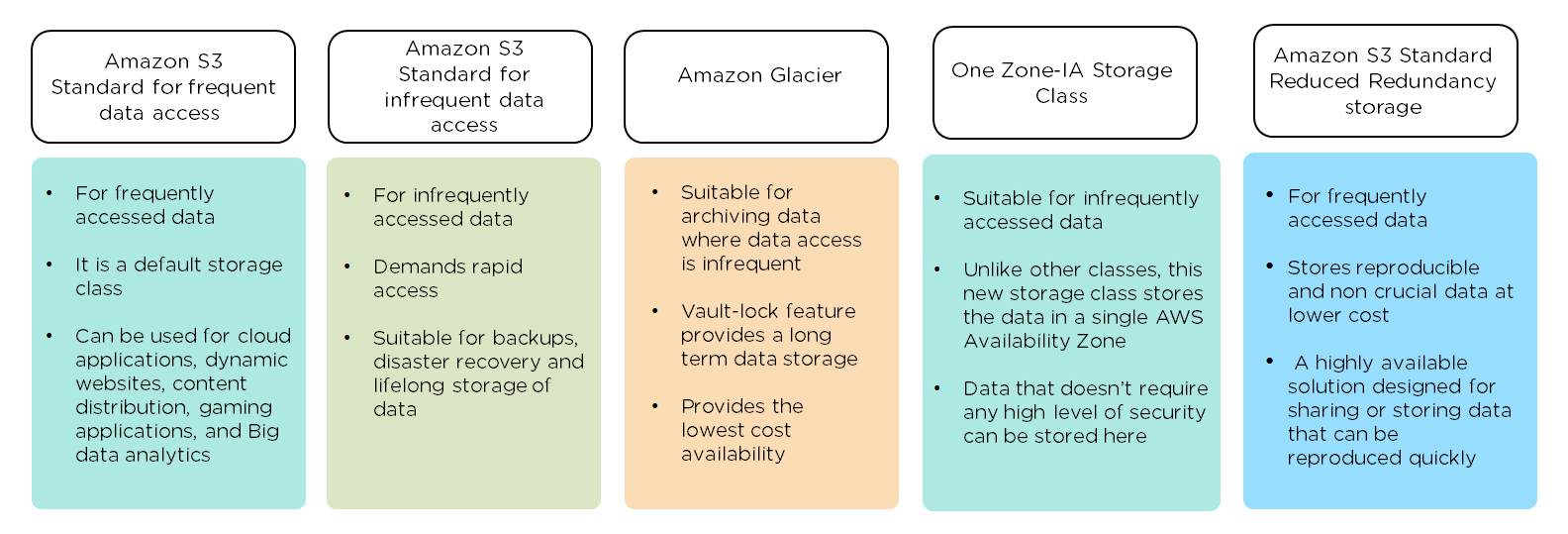Day 9 - Understanding Amazon S3 Buckets: Your Gateway to Scalable Cloud Storage
 Arnold Bernard
Arnold Bernard
In today's digital age, managing data efficiently is crucial for businesses and individuals alike. Whether you're a startup storing customer data or a content creator archiving media files, having a reliable and scalable storage solution is paramount. Amazon Web Services (AWS) offers a powerful solution in the form of Amazon S3 (Simple Storage Service) buckets. Let's explore what S3 buckets are, why they are used, their advantages, and the different types available to cater to diverse needs.
What are S3 Buckets?
Amazon S3 buckets are virtual containers that store objects (files) in the AWS cloud. Think of them as digital folders where you can securely store anything from images, videos, and databases to backups and logs. Each bucket is identified by a unique name globally across AWS, ensuring no naming conflicts.
Why are S3 Buckets Used?
Scalability and Reliability: S3 buckets are designed for scalability, capable of storing vast amounts of data without worrying about hardware limitations. They are distributed across multiple Availability Zones within an AWS region, ensuring high availability and durability (99.999999999% durability, to be precise).
Cost-Effective Storage: S3 offers various storage classes tailored to different use cases, allowing you to optimize costs based on your data access patterns. For example, frequently accessed data can be stored in the Standard storage class, while infrequently accessed data can be archived in Glacier for cost savings.
Security: S3 provides robust security features to protect your data. You can control access to your buckets using AWS IAM policies, bucket policies, Access Control Lists (ACLs), and encryption methods to ensure data confidentiality and integrity.
Versatility: S3 buckets support a wide range of applications, including data backup and restore, disaster recovery, static website hosting, big data analytics, and content distribution via AWS CloudFront (CDN).
Advantages of Using S3 Buckets
High Durability and Availability: Your data is replicated across multiple devices and facilities within a region, minimizing the risk of data loss.
Scalability: Easily scale your storage from gigabytes to petabytes as your data grows, without managing hardware or infrastructure.
Cost-Effective: Pay only for the storage you use with no upfront costs. S3's pricing model is transparent and flexible, allowing you to manage costs effectively.
Integration with AWS Services: S3 integrates seamlessly with other AWS services such as Lambda, CloudFront, IAM, and more, enabling powerful and scalable solutions.
Types of S3 Storage Classes
S3 Standard: Ideal for frequently accessed data that requires low latency and high throughput, such as website content and mobile applications.
S3 Intelligent-Tiering: Automatically moves data between two access tiers based on access patterns, optimizing costs without performance impact.
S3 Glacier: Suitable for long-term storage of data that is rarely accessed. It offers low storage costs with retrieval times ranging from minutes to hours.
S3 Glacier Deep Archive: The lowest-cost storage class for data archiving, where retrieval times can range from hours to 12 hours.
S3 One Zone-IA (Infrequent Access): Similar to S3 Standard but stores data in a single Availability Zone, offering cost savings for infrequently accessed data.

Choosing the Right S3 Storage Class
Standard: For frequently accessed data requiring immediate access.
Intelligent-Tiering: For data with unknown or changing access patterns.
Glacier and Glacier Deep Archive: For long-term data archival and compliance.
One Zone-IA: For infrequently accessed data that does not require multiple Availability Zone redundancy.
Getting Started with Amazon S3 Buckets
To create your first S3 bucket and start storing objects, log in to the AWS Management Console, navigate to S3, and follow the guided steps to create a bucket. You can manage your buckets, upload/download objects, set permissions, and configure storage classes easily through the console or programmatically using AWS SDKs and CLI.
In conclusion, Amazon S3 buckets provide a robust, scalable, and cost-effective solution for storing and managing data in the cloud. Whether you're a startup, enterprise, or individual, leveraging S3 can streamline your data management workflows and ensure your data is secure, accessible, and durable.
Ready to take your data storage to the cloud? Explore Amazon S3 today and unlock the potential of scalable cloud storage for your applications and business needs!
Subscribe to my newsletter
Read articles from Arnold Bernard directly inside your inbox. Subscribe to the newsletter, and don't miss out.
Written by
